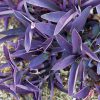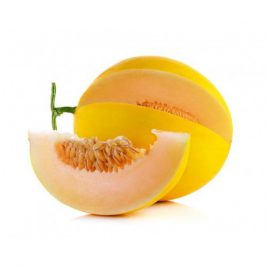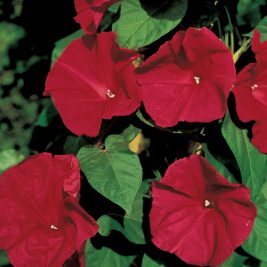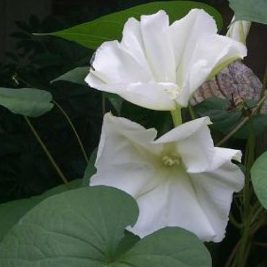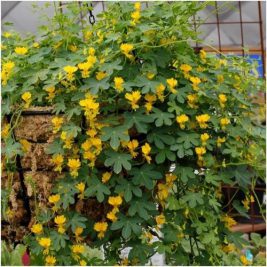3 items, ₨747
Seeds
-
₨70
Dianthus is a genus of about 300 species of flowering plants in the family Caryophyllaceae, native mainly to Europe and Asia, with a few species extending south to north Africa, and one species in arctic North America. Common names include carnation, pink and sweet william
-
₨70
Matricaria recutita, commonly known as chamomile, Italian camomilla, German chamomile, Hungarian chamomile, wild chamomile or scented mayweed, is an annual plant of the composite family Asteraceae
-
₨70
A honeydew melon, also known as a honey melon, is the fruit of one cultivar group of the muskmelon, Cucumis melo in the gourd family. The Inodorus group includes honeydew, crenshaw, casaba, winter, and other mixed melons.
-
₨65
Ipomoea coccinea is a flowering plant in the family Convolvulaceae known by several common names including red morning glory, red star and Mexican morning glory. It was first described by Linnaeus in 1753.
Red morning glories are fast growing, twisting climbing flowering vines that attract butterflies. The leaves are heart-shaped at the base, and commonly are three-lobed. They grow up to be about 2-4 inches long and about half as wide. The vines can reach 10 or more feet in length. The flowers are dull red with an orange throat. Red morning glory flowers are borne in clusters of a half dozen.
-
₨60
Cauliflower is one of several vegetables in the species Brassica oleracea in the genus Brassica, which is in the family Brassicaceae. It is an annual plant that reproduces by seed. Typically, only the head is eaten – the edible white flesh sometimes called “curd”
-
₨60
Ipomoea tricolor, the Mexican morning glory or just morning glory, is a species of flowering plant in the family Convolvulaceae, native to the New World tropics, and widely cultivated and naturalized elsewhere. It is an herbaceous annual or perennial twining liana growing to 2–4 m tall
Ipomoea coccinea is a flowering plant in the family Convolvulaceae known by several common names including red morning glory,Mexican morning glory. It was first described by Linnaeus in 1753.
-
₨60
Ipomoea alba, sometimes called the tropical white morning-glory or moonflower or moon vine, is a species of night-blooming morning glory, native to tropical and subtropical regions of the New World, from northern Argentina north to Mexico and Florida.
-
₨60
Tropaeolum peregrinum, the canary-creeper, canary bird flower, canary bird vine, or canary nasturtium, is a species of Tropaeolum native to western South America in Peru and possibly also Ecuador. It is a climbing plant growing to 2.5 m high by scrambling over other vegetation.
-
Contact UsYou may connect with Team Greene at 0330-3450001
-
After SalesEven after Sales, Greene is there for you !!!
-
Return PolicyIf Product has a fault, Greene Returns *(T&C)


